For most of the year, staying warm is a good practical excuse for wearing clothes. But summer belies this purpose, since staying warm is a foregone conclusion, and still here we are, wearing clothes. So whatever function you intend your clothes to perform in the summer - maintain your dignity, signal your good taste, inspire your self-making, accept your ketchup stains - they must perform these duties without turning you into a sweat-dripping mess of seething misery. Yet unlike the Emperor of legend, your new clothes must be made of something. Each choice comes with advantages and disadvantages.
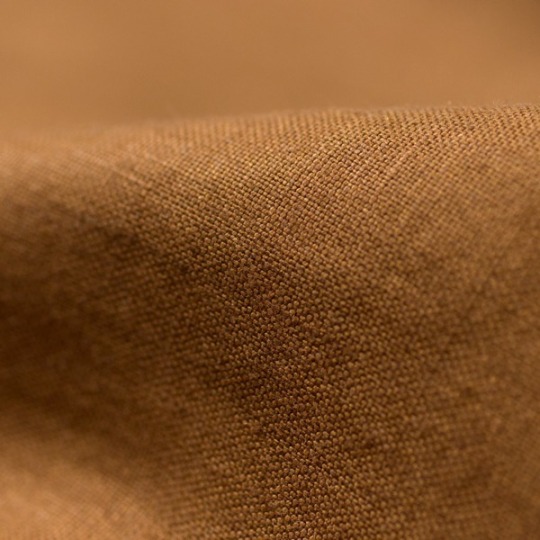
Fabric closeup: Formosa linen suit
Linen
Linen is the fabric that most people associate with summer. Personally I enjoy wearing linen shirts even in winter, but linen suits, jackets, and pants, are usually worn exclusively in spring and summer. The reason is that it is both flowing - meaning that air moves in and out of it easily - and wicks away moisture. It is also holds color and tailors well. It’s also got a satisfying nubby texture that goes well with a smooth cotton shirt or silk tie. The downside is that it wrinkles as soon as you look at it. These wrinkles drive some people to distraction. Others find them charming. The best linen will improve with wear, like a Rodin bronze - the surface doesn’t look even, but it’s got character and structure. Bad linen will just crumple like cellophane, a mess of rivulets. This bad linen is usually very lightweight, which is the other downside of linen - the best stuff is a bit hefty.
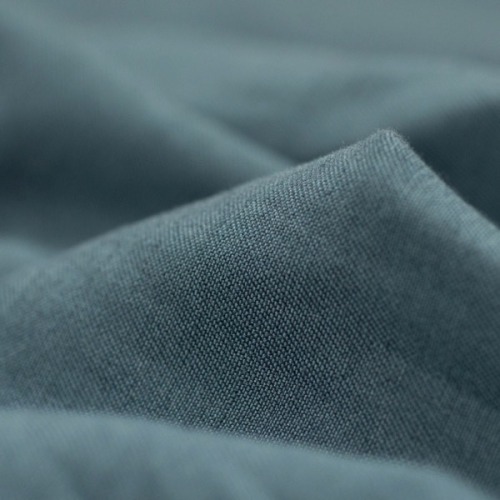
Fabric closeup: Stephan Schneider cotton/linen blend trousers
Cotton
Cotton is a year-round fabric, but cotton jackets and lightweight khakis are summer staples. Its main advantages are that it’s cheap and takes a beating. Lightweight cotton pants wrinkle nearly as much as linen, and not as gracefully. Cotton also fades easily. Some people find this charming, but if you want, say, a navy cotton suit to stay navy forever, you might be disappointed. In general, cotton looks great for casual clothing. For tailored clothes, cotton-linen blends are better.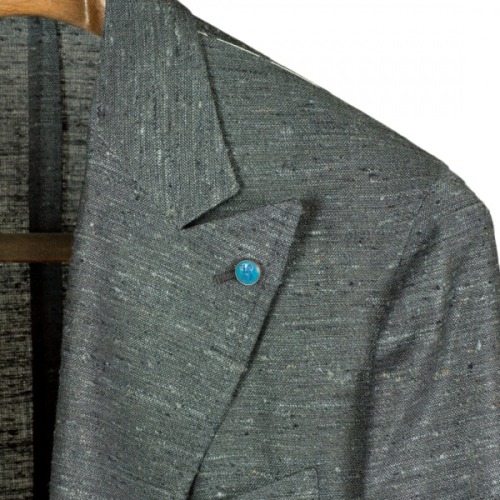
Fabric closeup: Eidos silk/wool/mohair jacket
Mohair
Mohair is a connoisseur’s cloth. To the uninitiated, it feels scratchy and stiff. But its rich colors, body, and slight sheen have earned it admirers. You usually find it in blends rather than pure - the fabric is so stiff that pure mohair cloth has a tendency to crack.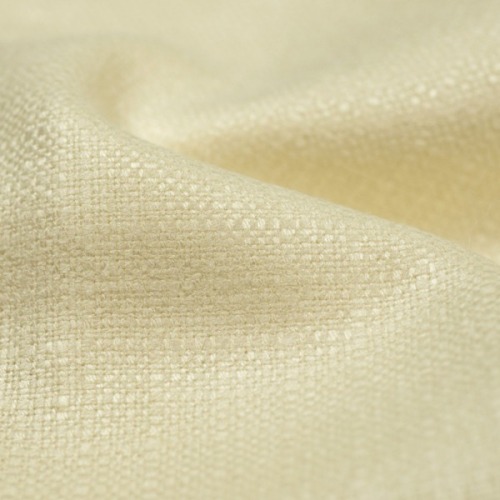
Fabric closeup: Eidos cream silk dinner jacket
Silk
I don’t honestly know how silk became a summer cloth. It’s hot as crazy. But a cream dinner jacket in textured silk is a summer staple. Michael Corleone famously wears a dupioni silk to his son’s warm-weather communion in The Godfather, Part II. The senator from Nevada sniffs at it but…the suit looks great, and we all know what happened to the senator.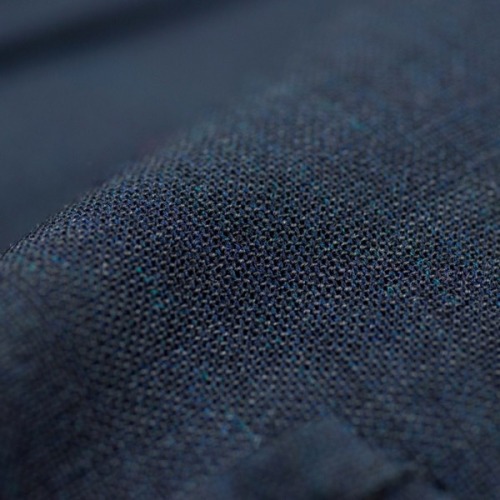
Fabric closeup: Eidos fresco suit
Wool
Finally, you’ve got wool, which is every season’s reliable companion. The trouble is finding a lightweight wool that holds its shape and drapes well. These are rare. A compromise is wool that’s not that lightweight, but has an open weave, so that it breathes well. You’ll still be sweating on a hot summer day, but you should be able to hold yourself together long enough to find some air conditioning.